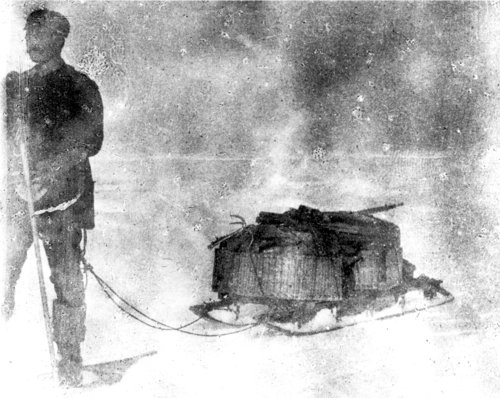
Wandering in a Sea of Ice: Voyage, Narrative and Resonance in the photographs of Nils Strindberg
##plugins.themes.immersion.article.figure##

Abstract
Nils Strindberg (1872-1897) was a Swedish photographer that took part in Salomon August Andrée’s Balloon Expedition to the North Pole in 1897. The expedition failed – three days after the departure, the balloon landed on frozen sea and the three men tried to walk homewards for three months until they died. Thirty-three years later, their remains were found and, among them, Strindberg’s camera and exposed films. This article considers not only the questions that arise when we first see Strindberg’s images – how did this photograph survived and came to us? What happened after the balloon disappeared in the horizon? – but also aims to contextualize this photographic set in the history of Arctic imagery and to analyse its semantic resonances on artistic and authorial creation, thus demonstrating its importance, beyond an historical approach